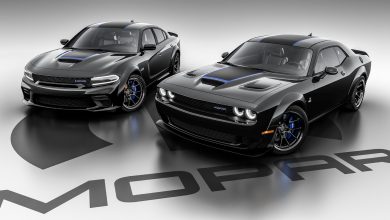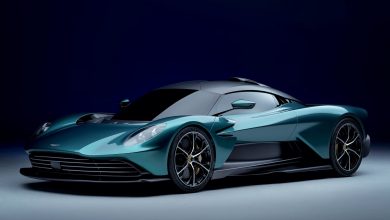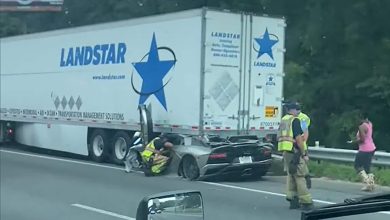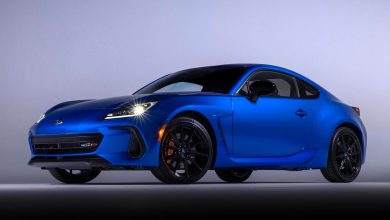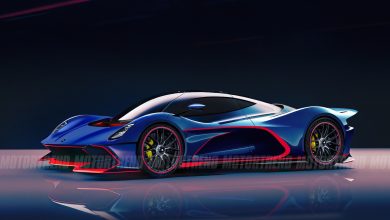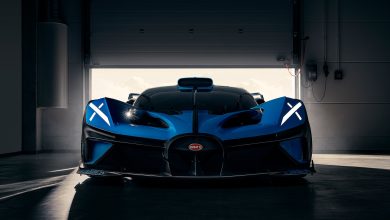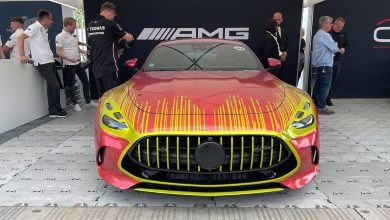What Is a Bubble-Top Chevy and What Makes It So Cool?

The idea of a “bubble-top” car has been around for a long time, well before the early-’60s Chevys that we commonly label this way. Of course, back in the 1950s, the term was quite literal, with futuristic concept cars, such as the 1954 Pontiac Bonneville Special unveiled at the GM Motorama, using a transparent greenhouse (the “bubble”) above the interior. The bubble greenhouse idea was also used on concept cars such the 1956 Buick Centurion, and even a few Fords such as the 1955 Lincoln Futura (the car that was used for the very groovy 1960s Batman TV series).
What Is a Bubble-Top Chevy?
The problem with the bubble concept was that driving around in a virtual greenhouse was hot and not very practical even if it looked oh-so-futuristic on a concept car. For production cars, sanity prevailed and GM came up with a beautiful roof design using thin, sweeping A-pillars, front glass that curved back over the driver, zero B-pillars, and gracefully leaning C-pillars with more rounded glass for the back. The 1961 Impala nailed this look, and many call it a bubble-top car, though others insist that the 1962 Bel Air is the only car that should get that tag. Sorta weird, considering the 1961 Impala and the 1962 Bel Air have the exact same roof.
Is the 1961 Impala a Bubble Top?
The roof on the 1961 Impala was changed in 1962, becoming just another hardtop (still a beautiful car, though), and the bubble-top roof design was given to the 1962 Bel Air exclusively. Some argue that the 1962 Bel Air is the only true bubble top and the arguments, mixed with some convoluted logic, can get pretty heated over the topic. We would have to side with those that call both the 1961 Impala and the 1962 Bel Air bubble tops—there, we said it. Let’s move on.
This stunning 1962 Chevrolet Bel Air bubble top is being sold at the 2023 Mecum auction in Harrisburg, Pennsylvania. With just over 77,000 miles on the clock, this Honduras Maroon-finished Chevy has all the right options.
How Much Power Did the 1962 409 Make?
Top of the options list is the 409-inch QB-coded V-8 mill under the bonnet. The iconic 409 was the biggest engine offered. It was targeted directly at the drag and stock-car racers, and in 1962 it was kicking ass in the NHRA’s Super Stock class. The 409 was a Chevy option until 1966, when it was replaced by the 396-inch big-block. In 1962 the 409 was offered in power ranges from 380 hp and 420 lb-ft of torque up to 409 hp at 6,500 rpm and 420 lb-ft at 4,000 rpm when equipped with dual four-barrel Carter carbs. It was an engine so cool that the Beach Boys even cut a song about it, on the flip side of Surfin’ Safari.
This 1962 Bubble Top Bel Air being sold at Mecum (lot number S142.1) is loaded with options such as the dual-snorkel air-cleaner, W heads, column-mounted tach, Delco pushbutton radio, tinted glass, dual exhaust, and color-matched wheels with small, bright hubcaps. To sweeten the deal, it’s also running a four-speed manual trans!
The immaculate Fawn interior with its vinyl split bench seat is the perfect color to complement the Honduras Maroon paint, and just screams “Drive-in movie time!” to us (if you can find one). Bubble tops in this condition usually fetch more than $80,000 these days, so if you’re feeling the need to own one of these iconic pieces of automotive art, and have some cash or Bitcoin laying around, then check out the Mecum Harrisburg auction.
Read the full article here


